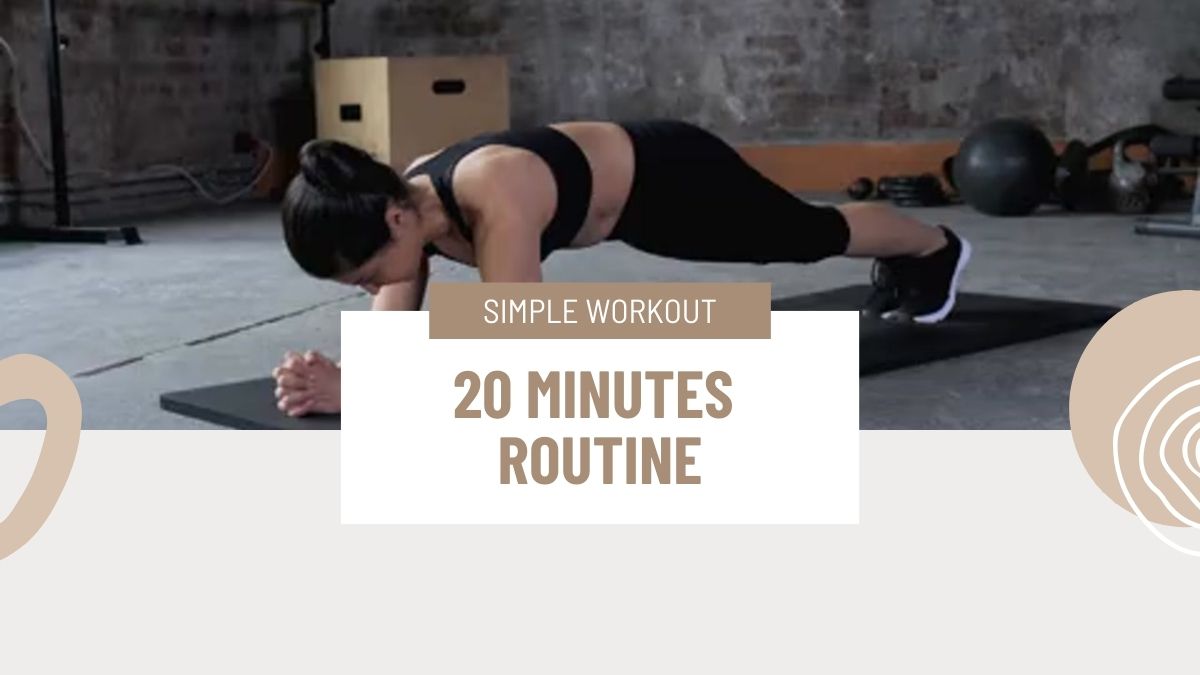- By Priyanka Munshi
- Fri, 30 Aug 2024 10:34 AM (IST)
- Source:JND
Doing planks can be an efficient and effective way to replace a lengthy morning workout if you can spare 20 minutes a day. Planks are a highly effective exercise that simultaneously work your shoulders, arms, legs, and core. By holding a plank position, your entire body is engaged and strengthened, improving your balance, stability, and posture.
Unlike some other exercises, planks require no special equipment, making them accessible and easy to perform anywhere. One of the main benefits of planks is building core strength, which is crucial for overall fitness and can help prevent injuries, particularly in the lower back. Additionally, by engaging large muscle groups, planks can boost your metabolism and help you burn more calories even after your workout, according to Cleveland Clinic.

Doing plank is a simple habit can lead to significant improvements in your physical health and overall well-being, proving that sometimes, less is more when it comes to exercise.(Image Credit: Canva)
Improved Posture:
Even a 20-minute plank workout can help you maintain a straighter lower back position by training your muscles to brace your core throughout the day.
Enhanced Mental Well-Being:
Planking promotes strength and engages core muscles through breathing techniques, which can elevate mood and positively impact mental health.
Also Read: 5 Unknown Health Benefits Of Eating Dragon Fruit Specially In Monsoon Season
More Flexibility:
Planks improve flexibility and can be used in various ways to reduce belly fat.

Planks are a versatile exercise that can replace a long morning workout, working your shoulders, arms, legs, and core simultaneously.(Image Credit: Canva)
No Belly Fat:
Planking helps shed extra inches by toning abs and strengthening core muscles.
Also Read: Top 6 Essential Oils To Reduce Wrinkles And Achieve Beautifully Tight And Youthful Skin
Back Protection:
Planking is a low-impact exercise that strengthens the back and core muscles, helping to alleviate back pain.
(Disclaimer: This article is for informational purposes only. It is not a substitute for professional advice, diagnosis or treatment.)

